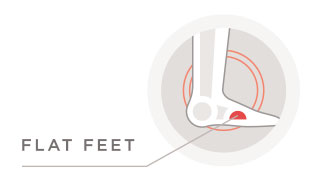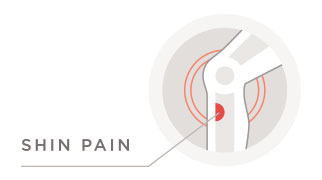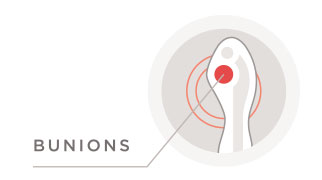
Flat Feet

You may be in need of orthotic support if the inside of your arch touches the floor when standing. This can happen from injury, simple wear and tear or lack of arch development during childhood. Obesity also increases your risk of flat feet, or "fallen arches". But more often, a flat foot results from excess pronation, where the ankle rolls too far downward and inward with each step. This causes the foot's arch to collapse and lengthen, giving the appearance of flat feet.
How do you know if you have fallen arches? You may experience symptoms such as:
- Tired feet
- Foot pain, especially heel pain or arch pain
- Leg fatigue
- Body aches
- Restoring proper arch shape
RESTORING YOUR ARCHES
Specific exercises recommended by your podiatrist can help strengthen your feet and may result in less pain experienced in the lower limbs, but orthotics for flat feet may be more effective. By controlling over-pronation related to functional flat feet, orthotics sometimes restores the foot's arch to normal and relieve any pain you may have in the foot. Obesity or weight gain can also affect the pressure put on your foot, so your doctor may also recommend weight loss.
HOW ORTHAHEEL® TECHNOLOGY CAN HELP RESTORE FALLEN ARCHES (FLAT FEET)
Orthaheel® Technology can help relieve aches and pains by restoring the foot’s natural alignment, enabling the feet to function properly. When the arch is supported in such a way, the result is relief from the ground up – encouraging the ankles, legs, hips, etc. to function as they are intended. And, if you’re wondering whether or not Vionic footwear can help you, the answer is: wearing a supportive shoe is an important precaution to take in order to preserve the health of your foot, whether or not you currently suffer from fallen arches, heel pain, or other foot issues.

















